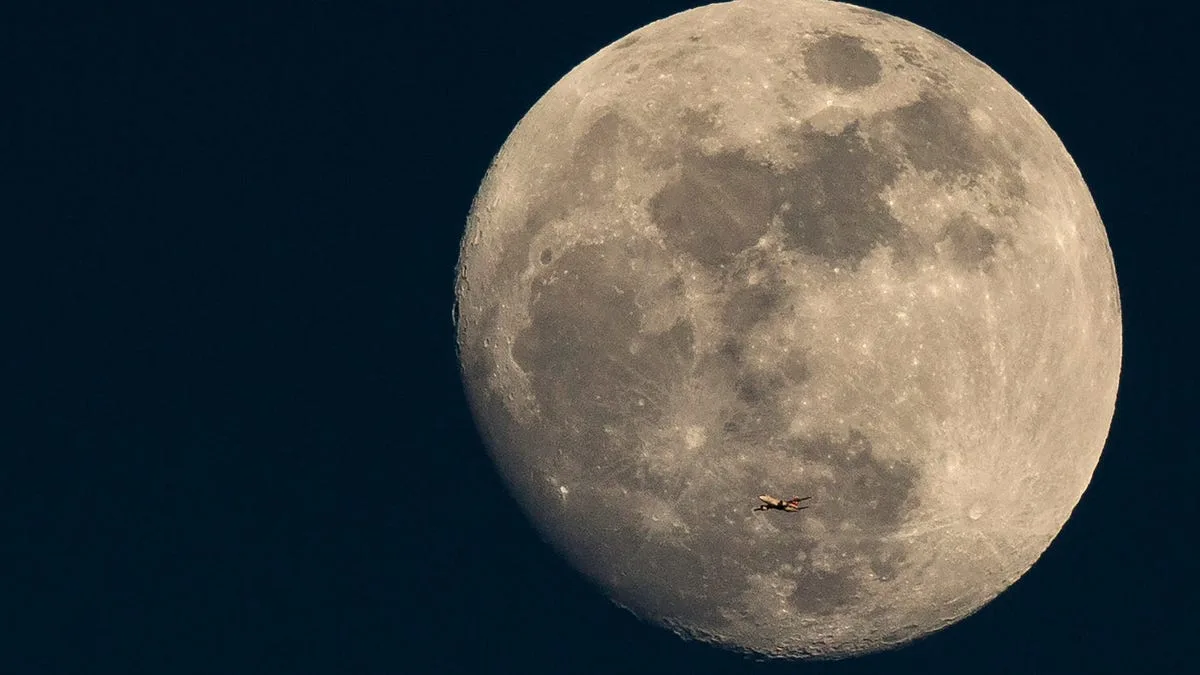The Moon is Older than Previously Thought, Dating of Crystals Reveals
The Moon, with its crater-covered surface, is now believed to be older than originally estimated. Previously thought to be around 4.42 billion years old, new research using zircon crystals collected during the Apollo 17 mission in 1972 suggests the Moon is actually about 40 million years older. These crystals were dated using atom-probe tomography, which analyzed the distribution of lead atoms within them. By understanding the radioactive decay rates of these atoms, researchers were able to determine when the Moon cooled and solidified. The study, published in Geochemical Perspectives Letters, confirms the more ancient timeline of our lunar neighbor.
The formation of the Moon occurred over 4 billion years ago as the result of a collision between a Mars-sized body and the early Earth. Material from this impact merged together to create the Moon as we know it today. Understanding the age of the Moon provides valuable insights into its history and how it has influenced various Earthly phenomena, such as tides and animal behavior rhythms.
Jennika Greer, a geophysicist at the Field Museum in Chicago and lead author of the study, expressed excitement about the discovery, stating that knowing the age of these zircon crystals helps answer many questions about the Earth. By better understanding the Moon’s timeline, scientists can gain deeper insights into its past and how it has evolved over time.
This finding may have implications for future missions to the Moon, such as NASA’s Artemis program, which aims to send humans back to the lunar surface after 2025 for further exploration and the establishment of a sustained presence there.
Source: Apollo Mission Samples Reveal the Moon Is More Ancient Than We Thought







